Gate valves are a popular choice for a number of
applications in building fire protection systems, water supply and drainage, industrial and municipal pipelines.
Their superior full-open/full-close function and low fluid resistance make them an ideal solution for many
customers.
The world’s largest gate valve is Blackhall's Zero-Leakage Metal Seated Parallel Faced Gate Valve which has been
designed to last for 100 years. From this example, we can see the excellent service life of gate valves.

This article will provide a comprehensive overview of the gate valve, including its composition, operational
principles and types. Taloar, as a professional gate valve manufacturer, offers specialized services to meet
different customer requirements.

What is the gate valve?
A gate valve is a type of valve, whose operation is based on the up-and-down movement of the valve plate to control
the opening of the valve. The gate disc moves in a direction perpendicular to the fluid flow. The gate valve can
only be fully open or fully closed, which is mainly used for cutting off the pipeline.
1. Gate valve part
Take the common bronze gate valve as an example: ( The one used here is a Taloar A107.)
It consists of valve body, disc, stem, seat, valve stem packing, handwheel and other parts.
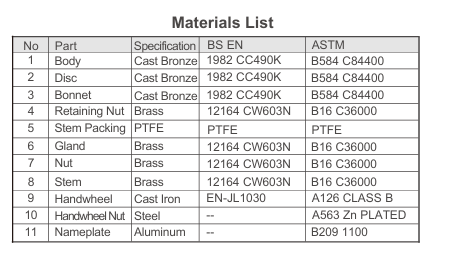
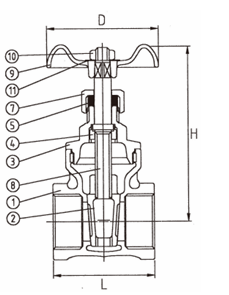
2. How does a gate valve work
●
Opening process: As the valve stem rotates upwards, the valve stem drives the gate to move in the same
direction. As the gate rises, the valve seat channel expands gradually, allowing the medium to flow. Once the
gate has been fully raised to the top position, the pipeline is clear for the medium to flow freely, indicating
that the valve is fully open.
●
Closing process: The closing process involves closing the gate valve and allowing the valve stem to rotate
downwards, which in turn drives the gate plate downwards. Once the gate is in the closed position, the valve
seat channel is gradually narrowed until the gate is fully compressed on the valve seat, effectively blocking
the medium and closing the valve.
●
Sealing principle: The sealing principle of a gate valve is typically achieved through mechanical pressure
between the gate and seat. When the gate is pressed against the valve seat, a seal is formed to prevent any
leakage of the medium.
Gate valve types
There are a variety of classification standards for gate valves. This article will introduce you to the most common
types of classification:
1. Stem structure:
●
Rising stem gate valve: The
valve stem moves up and down with the disc during the opening and closing process, and the threads of the valve
stem are outside the valve body. This design is easy to observe the opening and closing status of the valve, but
takes up more space.
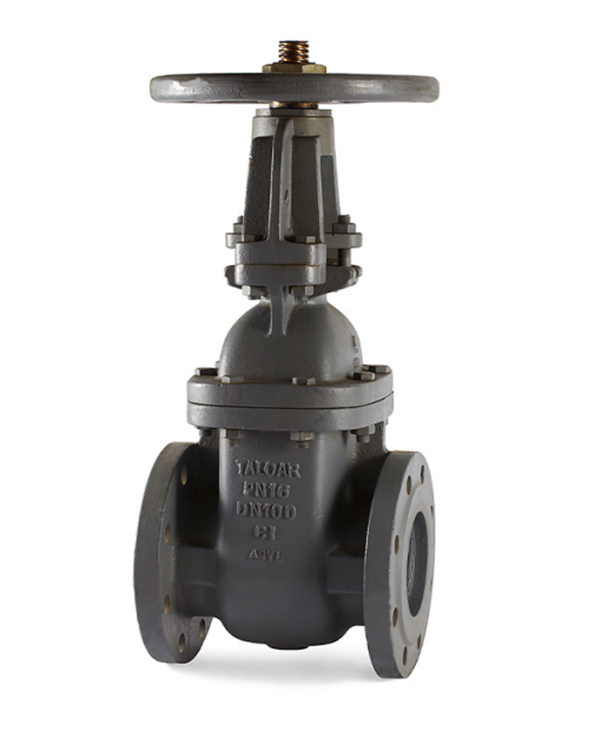
Iron gate valves MG670-R (Rising)
●
Non rising stem gate
valve:The valve stem does not move up and down with the disc and the stem threads are located inside the
valve body. This design saves space, but it is not possible to judge the opening and closing status of the valve
directly from the stem.

Iron gate valves MG670-N (Non-rising)
2. Valve body material:
●
Bronze gate valve: Bronze is a
copper-based alloy, usually containing elements such as tin and zinc, which has
good corrosion and wear resistance. Bronze is particularly suitable for use in media such as seawater, fresh
water and oil. It is slightly less strong than brass and steel, but more durable and corrosion resistant.
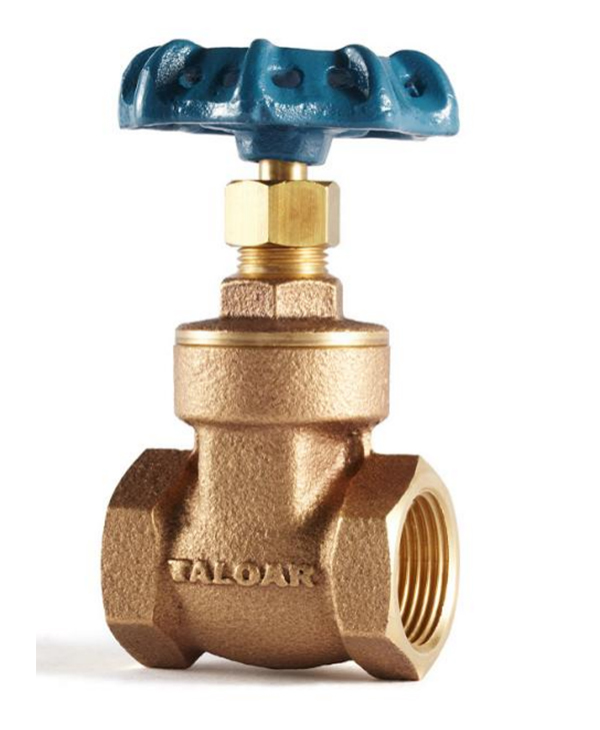
Bronze gate valves A107
●
Brass gate valve: Brass is an
alloy of copper and zinc, with a high zinc content and relatively high hardness and strength compared to bronze.
Brass is easy to process into a variety of complex shapes, the price is more economical. Brass gate valves are
suitable for water, gas, oil and other non-corrosive or weakly corrosive media, but seawater corrosion
resistance is worse than bronze.
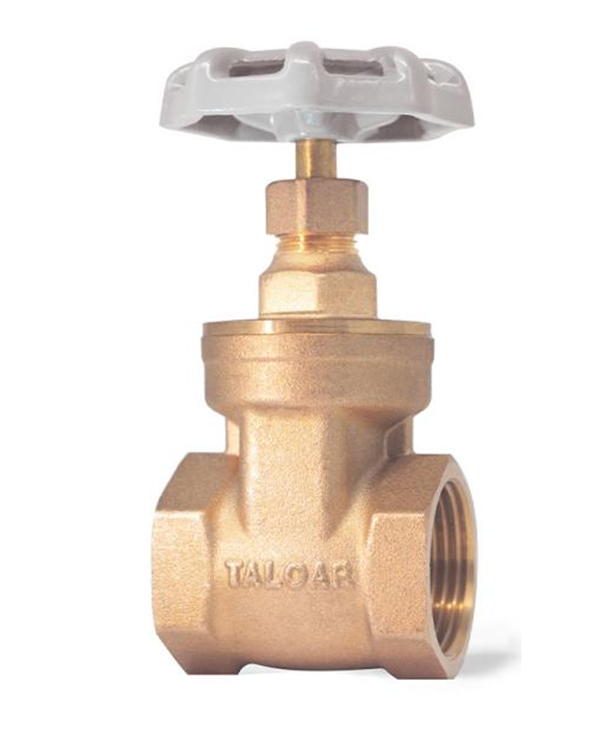
Brass gate valves A103
●
Cast iron gate valve: Cast
iron is an alloy of iron, carbon and silicon and is commonly used in the manufacture
of low cost valves. Cast iron has better abrasion resistance and is suitable for handling non-corrosive media
such as water and oil. Cast iron gate valves are cheaper to manufacture and are suitable for lower pressure
systems.
●
Ductile
cast iron gate valve: Ductile cast iron is based on normal cast iron by adding magnesium, cerium and
other elements so that the graphite in the iron is spherical, which improves the toughness and strength of the
cast iron. Compared with ordinary cast iron, ductile iron has better tensile strength and toughness, and can
withstand greater pressure and impact. While retaining the wear resistance of cast iron, it has better corrosion
resistance.
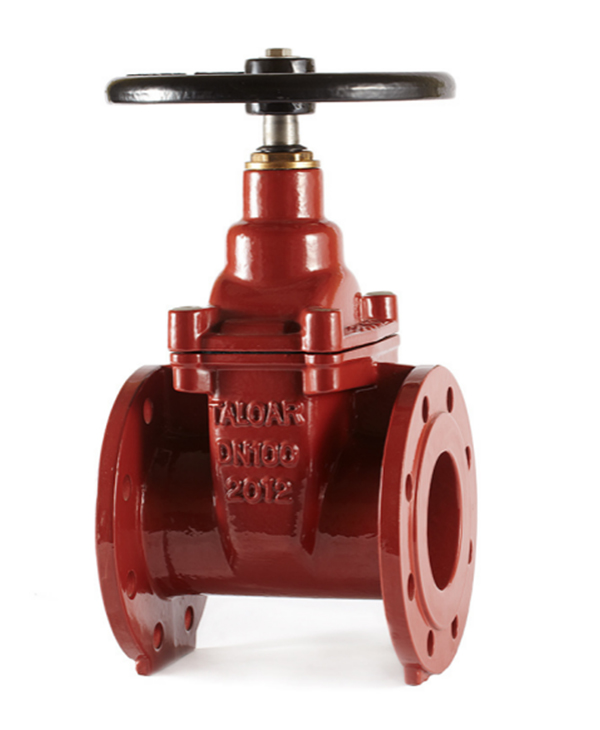
Ductile iron gate valves FG970-EN
3. Connection
●
Flanged gate valve: It is the most common connection method, suitable for large diameter and high pressure
occasions. The valve body and pipeline are fastened by flanges and bolts, with good sealing and easy
disassembly.
●
Threaded gate valve: This is suitable for small diameter pipework, easy to install. Threaded gate valves can be
divided into internal and external threaded connections, commonly used in domestic and industrial low-pressure
occasions.
●
Solder-end gate valve: It is suitable for high pressure, high temperature and some systems with high tightness
requirements. Solder-end gate valves have good sealing performance, but maintenance and replacement is not
convenient.
●
Grooved-end gate valve: It is mainly used for quick disassembly and assembly, commonly used in food, beverage,
pharmaceutical and other industries that require quick cleaning.
As a professional gate valve supplier, Taloar is committed to providing the most suitable gate valves for each
customer. Welcome to contact us for any of the gate valves mentioned above.
If you need to keep up with innovations and technological advancements in gate valves, Taloar will support you! For
more details, please contact sales@taloar.com or WhatsApp 008618112507128.









